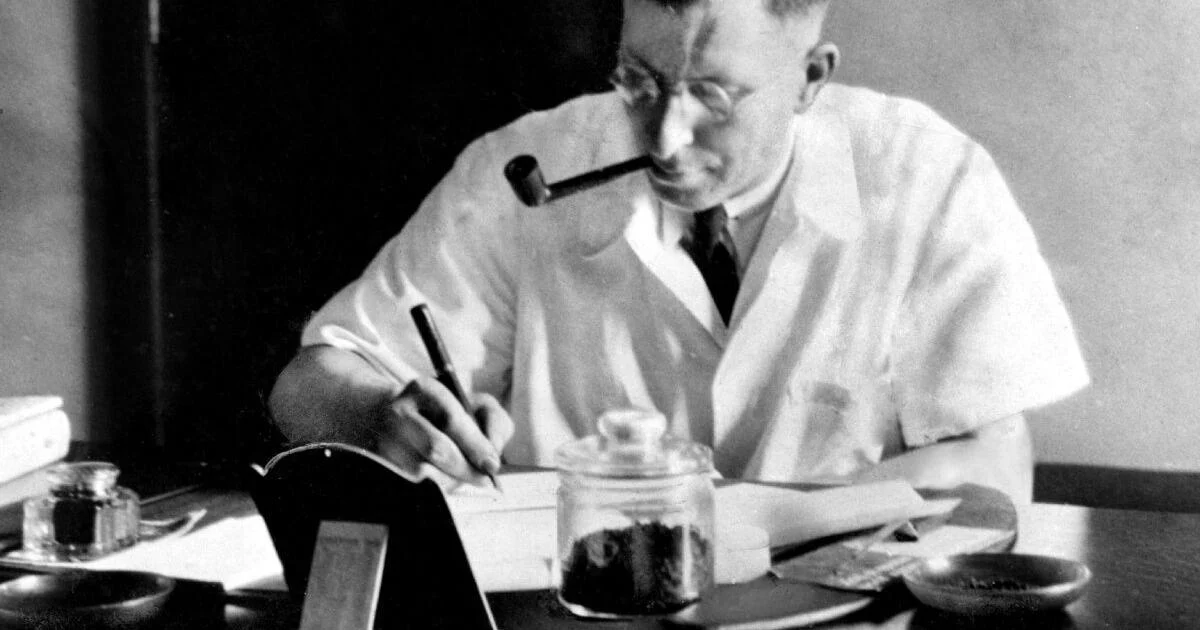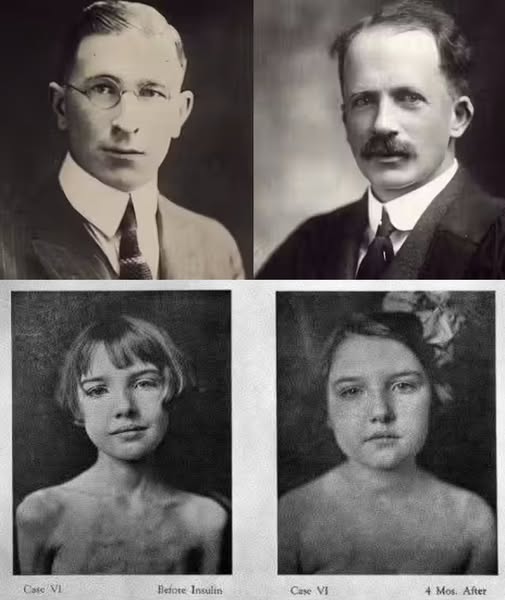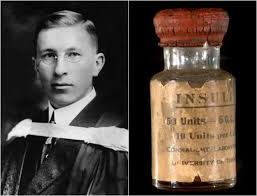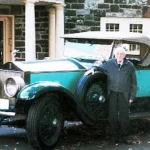The Miracle of Insulin: How a Children’s Ward in Toronto Changed Medicine Forever

In 1922, one of medicine’s most remarkable breakthroughs unfolded quietly in a children’s ward in Toronto. Dozens of children with diabetes lay in comas, their bodies failing, and their parents watching helplessly. There was no cure, only starvation diets that prolonged life but robbed them of childhood.
Then, a team of scientists introduced something revolutionary: a purified extract called insulin. As they moved from bed to bed, injecting the children, a miracle occurred. One child stirred, then another, until those who were fading began to wake. The room that had been filled with despair transformed into a space of astonishment and hope.
Behind this life-saving breakthrough were Frederick Banting and Charles Best, working under John Macleod, with James Collip refining the extract. Remarkably, instead of claiming profits, they sold the patent to the University of Toronto for just one dollar, believing that no one should own the right to save lives.
In 1923, Banting and Macleod received the Nobel Prize in Physiology or Medicine, but the real reward was far greater: millions of lives saved and a new future for every child diagnosed with diabetes. Their courage, innovation, and selflessness transformed medicine and demonstrated that true breakthroughs are measured not by fame or fortune, but by the lives they save.
The discovery of insulin also changed society’s relationship with chronic illness. Children who would have had mere months to live were given decades of life, able to grow, learn, and pursue dreams once thought impossible. Families could hope again, and the stigma and fear surrounding diabetes began to shift toward understanding and management. Insulin did more than save lives — it restored hope, gave families a future, and laid the foundation for modern treatments that continue to improve millions of lives today.











